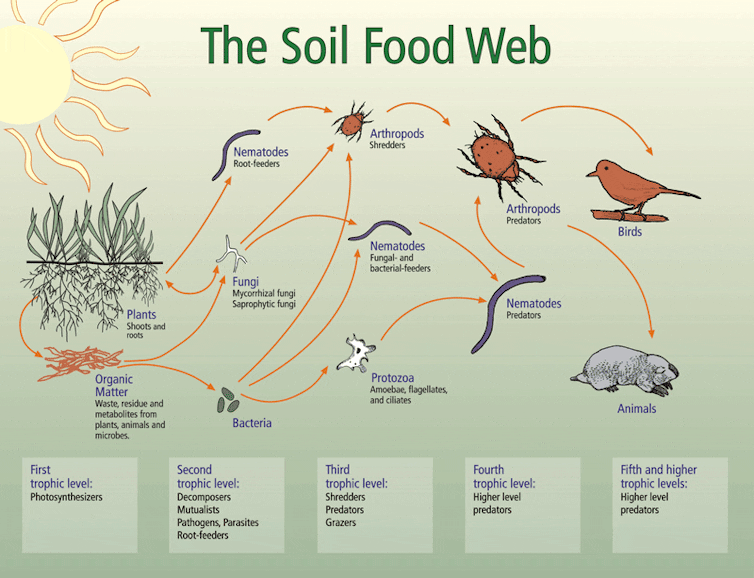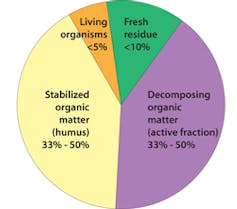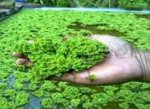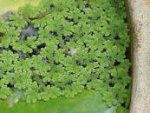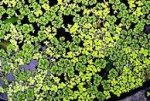China Connection
TB Fanatic
Microbial Activity
Boost Beneficial Microbial Activity
Increase activity levels in beneficial soil microbes.
The Role of Soil Microbes
Feeding microbes helps ensure there is enough biological activity to get plant & soil health benefits.
Soil microbes are a critical component of healthy soils and disease suppression. Soil Microbes operate through multiple means to:
Disease suppression is related to a global increase in soil microbial biomass. A large biomass creates a competitive environment deleterious for the pathogens (Janvier 2007; Ratnadass 2012).
We have two key products to stimulate microbial activity:
There is a clear relationship between the decline of soil microbial activity and the use of agrochemicals which has negatively impacted on yield, disease and farm sustainability (Geense et al 2015).
The resultant decline in soil health is now a global issue. Intensive agriculture is at the crossroad and needs to find ways to improve microbial biomass and diversity to reduce disease.
Examples from research:
Soil microbes are the key to creating disease suppressive soils. They have a pivotal role in improving soil health and reducing disease. Disease suppression is related to a global increase in soil microbial biomass. A large biomass creates a competitive environment deleterious for the pathogens. (Janvier 2007; Ratnadass 2012)
Research:
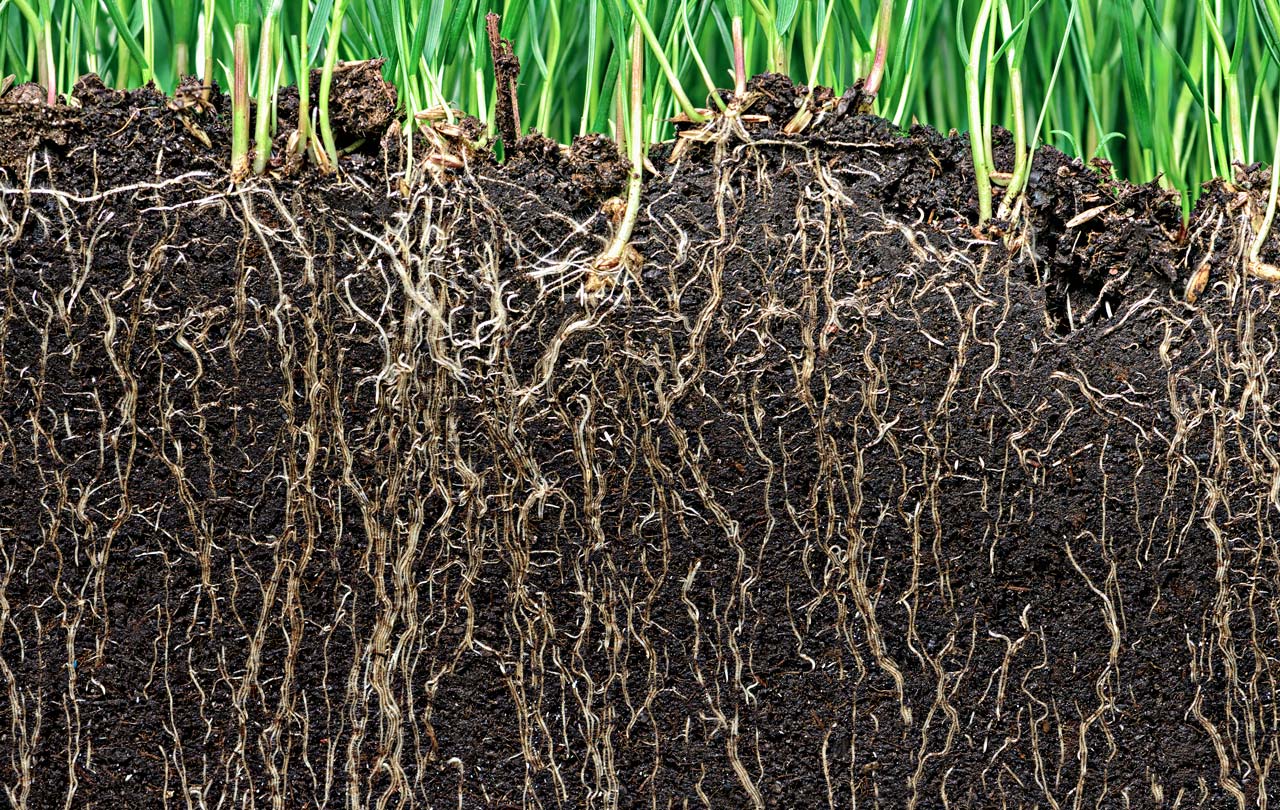
Fish Emulsion and Fish Plus improving microbial activity and helping crops thrive

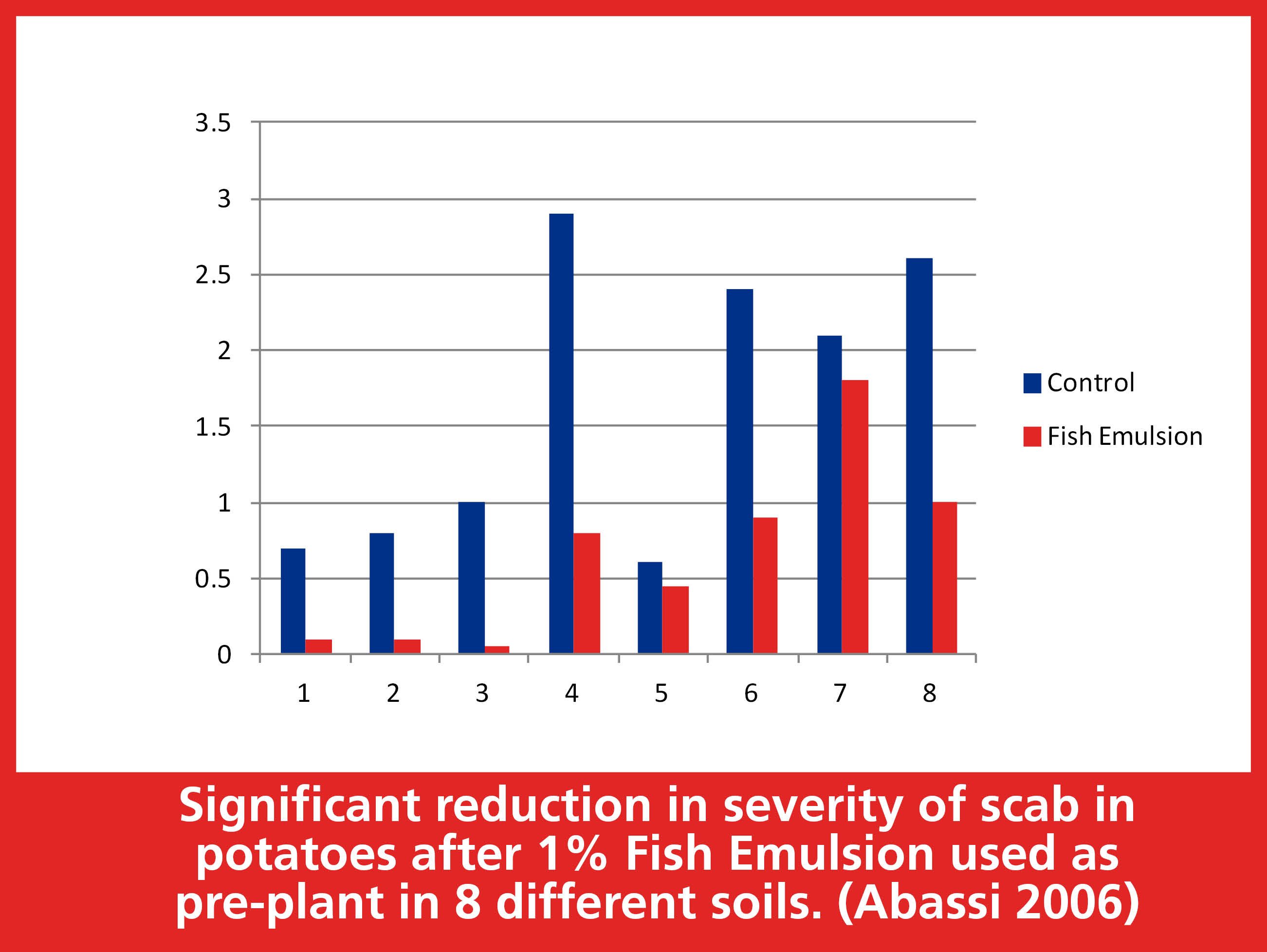

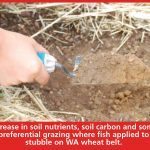
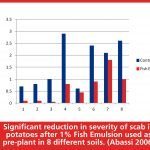
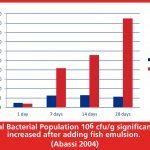
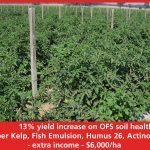
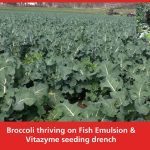



 sustainablefarming.com.au
sustainablefarming.com.au
Boost Beneficial Microbial Activity
Increase activity levels in beneficial soil microbes.
The Role of Soil Microbes
Feeding microbes helps ensure there is enough biological activity to get plant & soil health benefits.
Soil microbes are a critical component of healthy soils and disease suppression. Soil Microbes operate through multiple means to:
- Improve nutrient availability
- Reduce root disease
- Improve water penetration (heavy soils) & water retention
Disease suppression is related to a global increase in soil microbial biomass. A large biomass creates a competitive environment deleterious for the pathogens (Janvier 2007; Ratnadass 2012).
We have two key products to stimulate microbial activity:
- Fish Plus – all-in-one soil health improver. Contains fish & molasses to feed microbes, Kelp to improve root growth, Fulvic as a carbon source.
- Fish Emulsion – feeds microbes plus improves nutrient uptake and source of nutrients.
There is a clear relationship between the decline of soil microbial activity and the use of agrochemicals which has negatively impacted on yield, disease and farm sustainability (Geense et al 2015).
The resultant decline in soil health is now a global issue. Intensive agriculture is at the crossroad and needs to find ways to improve microbial biomass and diversity to reduce disease.
Examples from research:
- All biocides potentially have a negative effect on soil biology (Geense et al 2015).
- Several studies have found decreased levels of microbial biomass, diversity and altered community structure due to disturbance mostly caused by pesticides, heavy metals, sludge amendments (Crecchio 2004; Abawi 2000)
Soil microbes are the key to creating disease suppressive soils. They have a pivotal role in improving soil health and reducing disease. Disease suppression is related to a global increase in soil microbial biomass. A large biomass creates a competitive environment deleterious for the pathogens. (Janvier 2007; Ratnadass 2012)
Research:
- Fish Emulsion feeds microbes resulting in an increase in the activity and diversity of the resident microbial communities (Abbasi 2006).
- The increased soil biological activity and stimulation of biological control after application of fish emulsion to soil may be the key mechanism of disease suppression using Fish Emulsion (Abbasi 2012).
- Fish Emulsion improves nutrient uptake in multiple ways including promoting rhyzobacteria, lactic acid, stimulating growth promoting hormones and is a nutrient source within itself (multiple references).

Fish Emulsion and Fish Plus improving microbial activity and helping crops thrive











Organic Soil Microbe Activity - Sustainable Farming Solutions
Sustainable Farming Solutions helps Australian farms boost beneficial microbial soil activity using organic and zero residue products.

